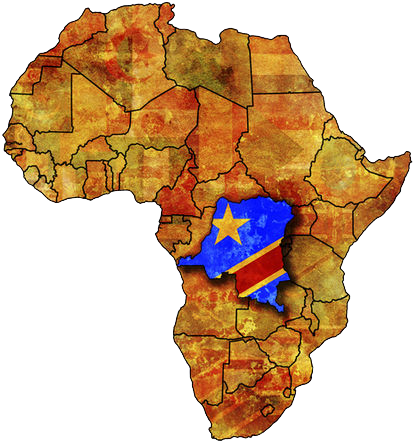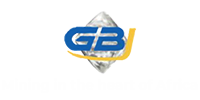The Democratic Republic of Congo
THE
The DRC: A Resource-Rich Country
The most important minerals for the DRC are cobalt, copper, and diamonds. The country also produces some gold, tin, iron, nickel, and tantalum, amongst others. According to the USGS (US Geological Services), in 2010, the country’s share of the world’s cobalt production amounted to 51%; industrial diamonds, 25%; tantalum, 14%; gem-quality diamonds, 5%; and copper and tin 3% each.

The Land
The Democratic Republic of Congo (DRC), officially ‘République Démocratique du Congo’, is the third-largest country in Africa and the largest among the member nations of the Southern Africa Development Community (SADC). Located in the central part of Africa and spread over 2,344,858 square kilometers – slightly less than one-fourth of the size of the US and nearly two-thirds the size of the European Union – it is the 11th largest country in the world.
Climate and People
Climate is tropical, hot and humid in equatorial river basin; cooler and drier in southern highlands; cooler and wetter in eastern highlands. North of Equator - wet season (April to October), dry season (December to February); south of Equator - wet season (November to March), dry season (April to October). In 2018, the United Nations estimated the DRC’s population is estimated to be 84 million people, making it the 20th most-populous country in the world.
Resources
The most important minerals for the DRC is cobalt.The DRC has some of the largest deposits of non-ferrous metals in the world. It has about 3% of the global copper reserves and 45% of global cobalt reserves, about 25% of the global diamond reserves, and reserves of some precious metals such as gold and tantalum. In relative terms, the DRC is the largest cobalt producer globally, it boasts the 10th highest gold reserves globally, and the country has the largest diamond reserves in Africa.
